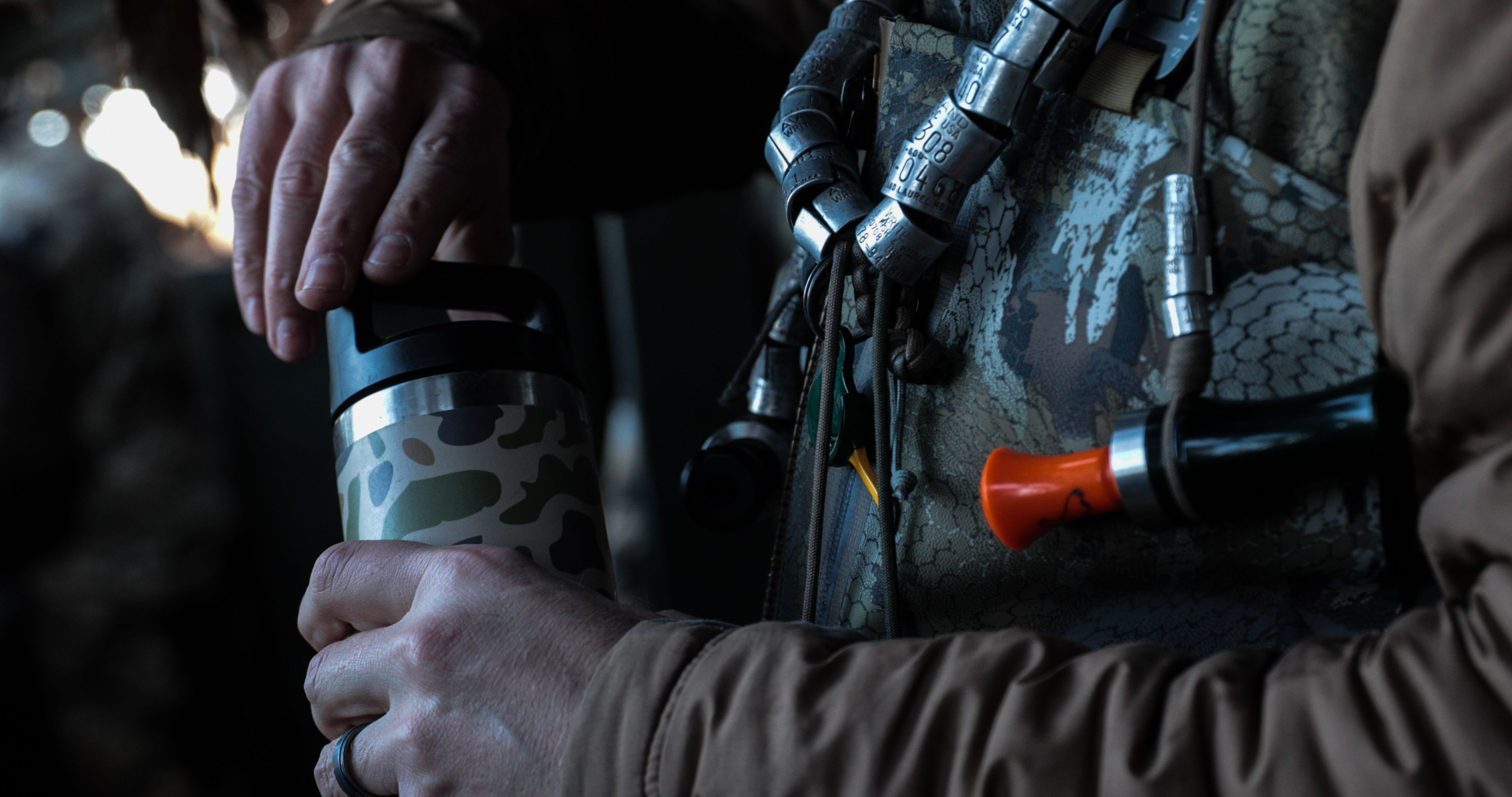Goose Bands
Posted by David Vaught, Ph.D. on Nov 17th 2020
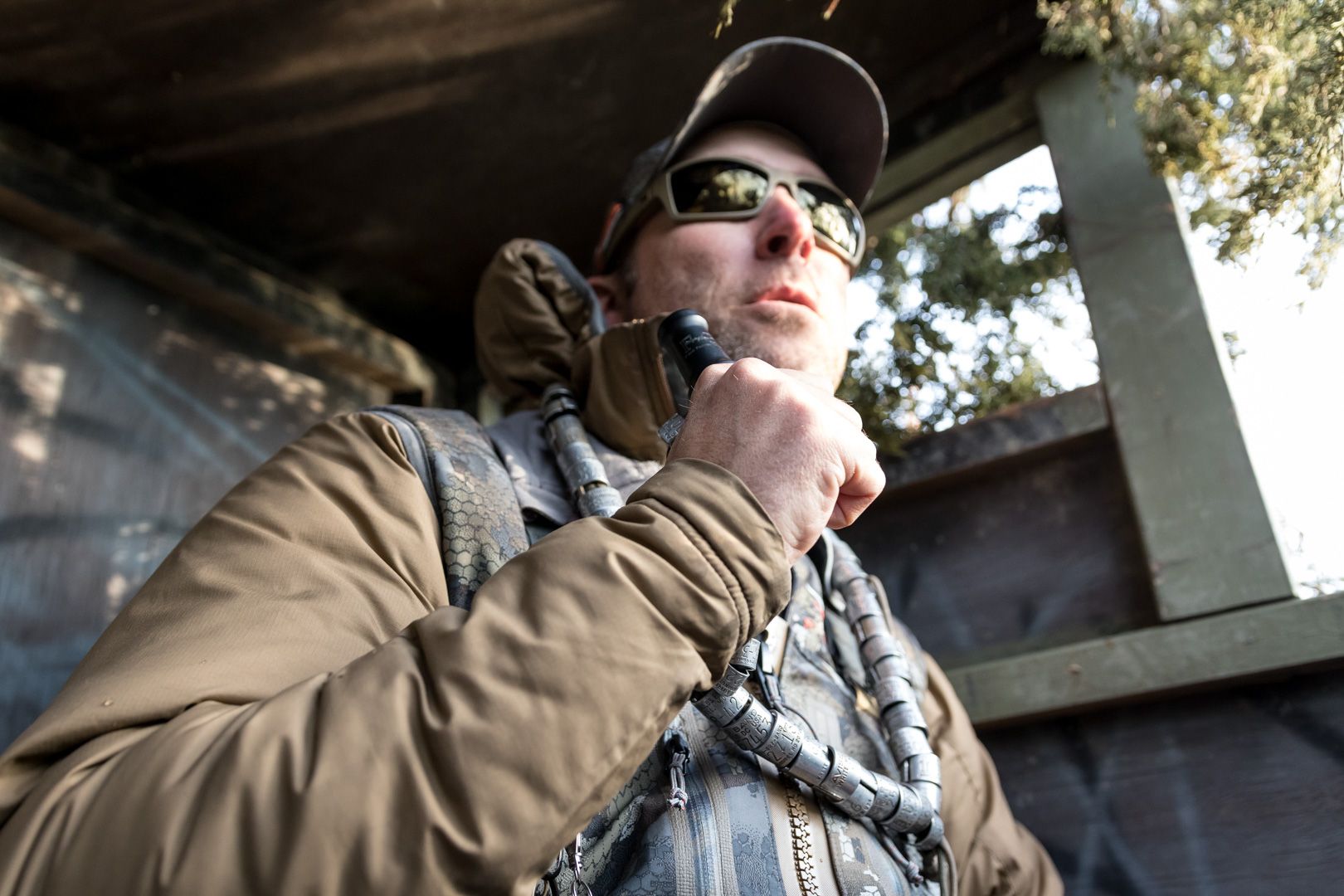
So you got a band finally. You have seen them on people’s lanyards, but never got one yourself and now what does it mean. Years ago, researchers had a provocative question: What are the migration routes of geese. In a way it was sort of reverse engineering as in the US there were places where geese were populating refuges, but exactly where these birds came from was yet to be proven. Really only three choices existed; The western shores and tundra of Hudson Bay, the eastern prairies or the western prairies.
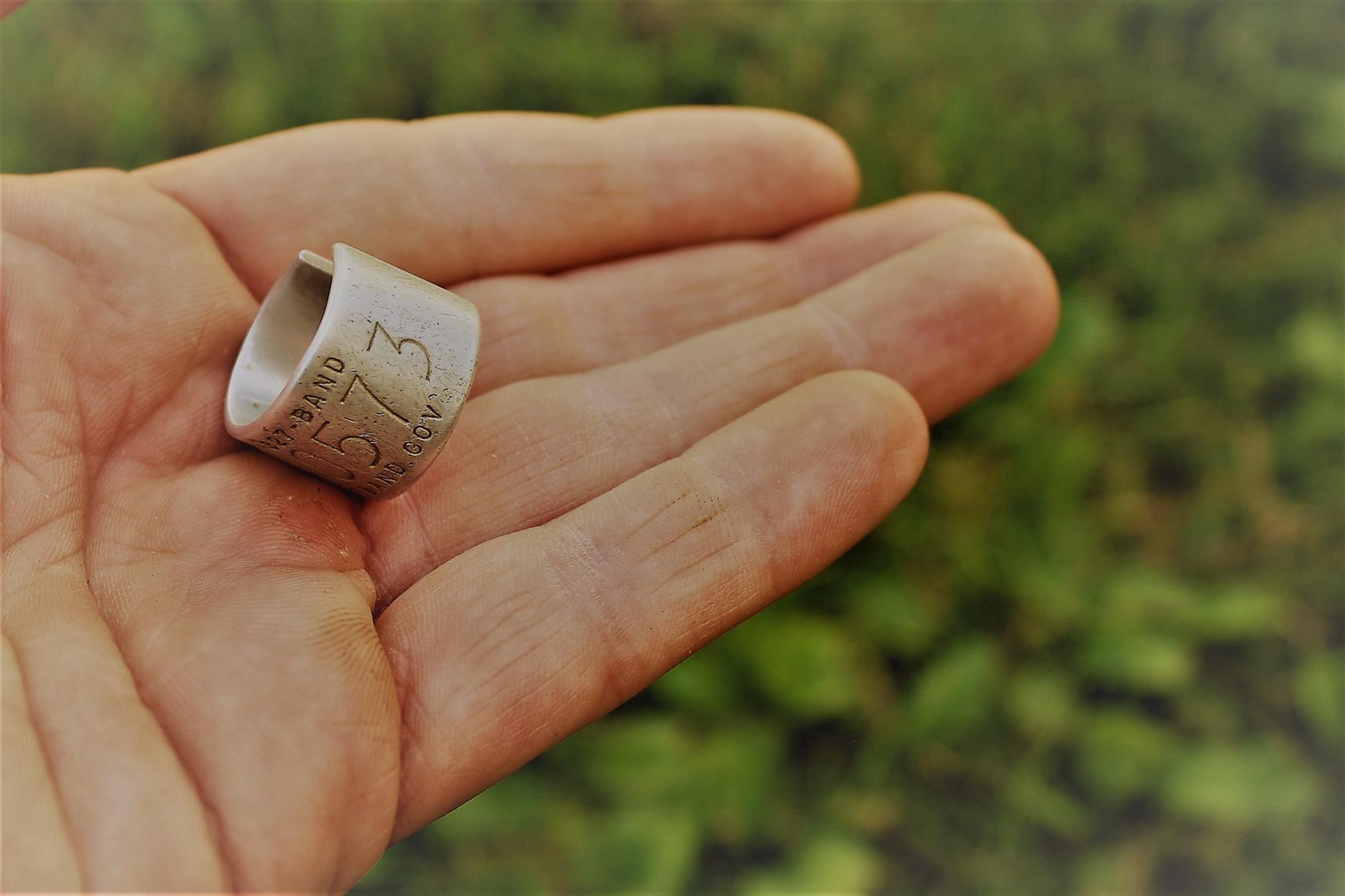
One of the major refuges growing in 1950 was Swan Lake in north central Missouri. Contrary to popular belief was all geese were migrating in a wide band that widened as they flew south. Swan Lake was not south of Hudson Bay, but rather south of the eastern prairie. Beginning in the late 40’s and escalating until the late 1960’s banding of flightless geese in the summer by small numbers of researchers began. To conclude the study, all that was necessary was to collect harvested bird bands in the fall. If you go to Flyways.us you can track early banding efforts by species, the province they were banded in and the recovery state and quickly see the migration pattern. What was obvious with few anomalies was those bird hatched along the western shores of Hudson Bay did not migrate to Swan lake, but rather to Illinois 180 degrees south. Horicon marsh was a recipient of these geese too, but those coming to Swan Lake were from prairie population further west.
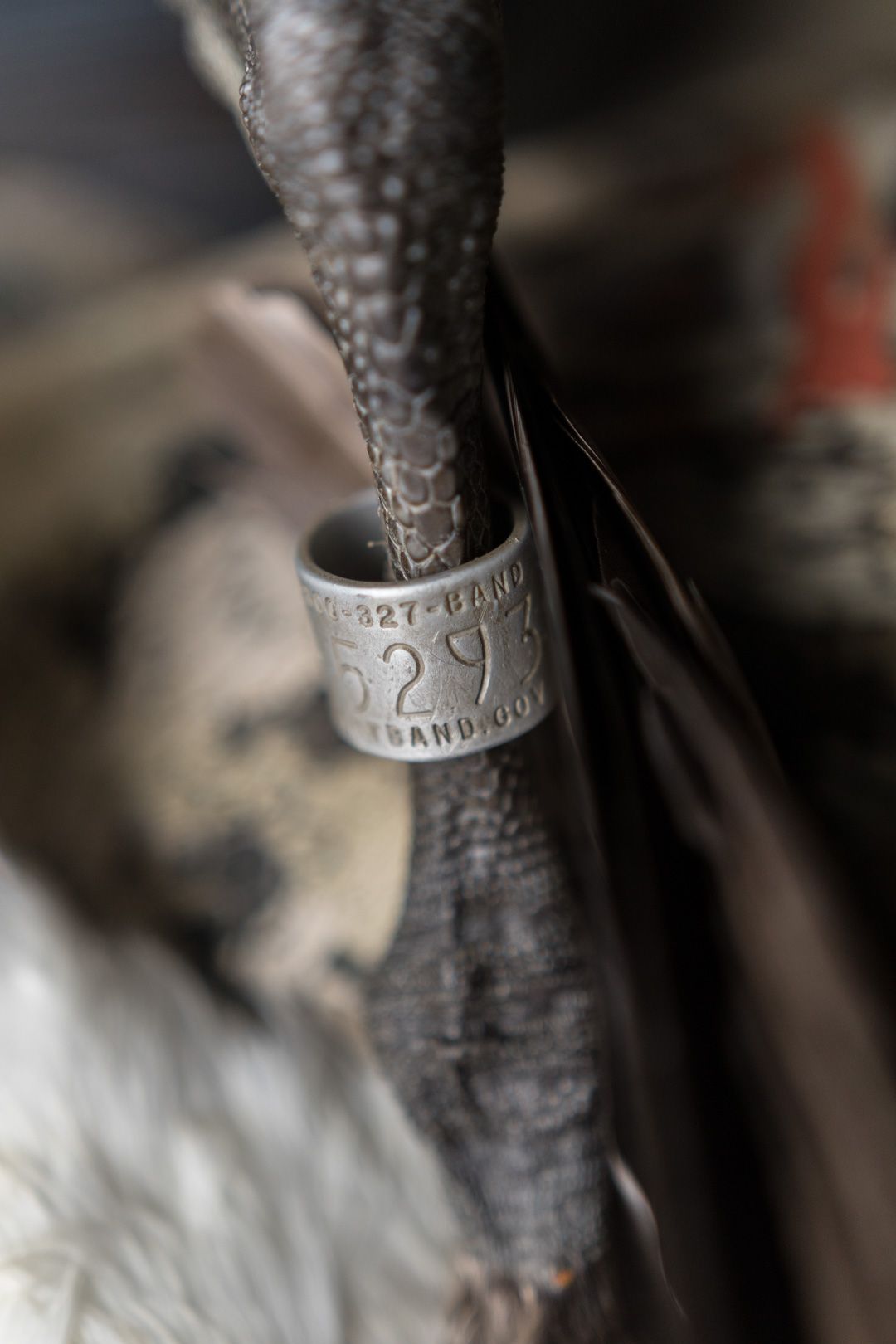
It really is fascinating to be able to look at years of banding and see where a bird was banded and where they were harvested. In almost all cases the harvest will be south of the banding location. I can add to this by once hearing a researcher mention their flightless geese got out of their pen and when found, even walking, they were due north of the pens!
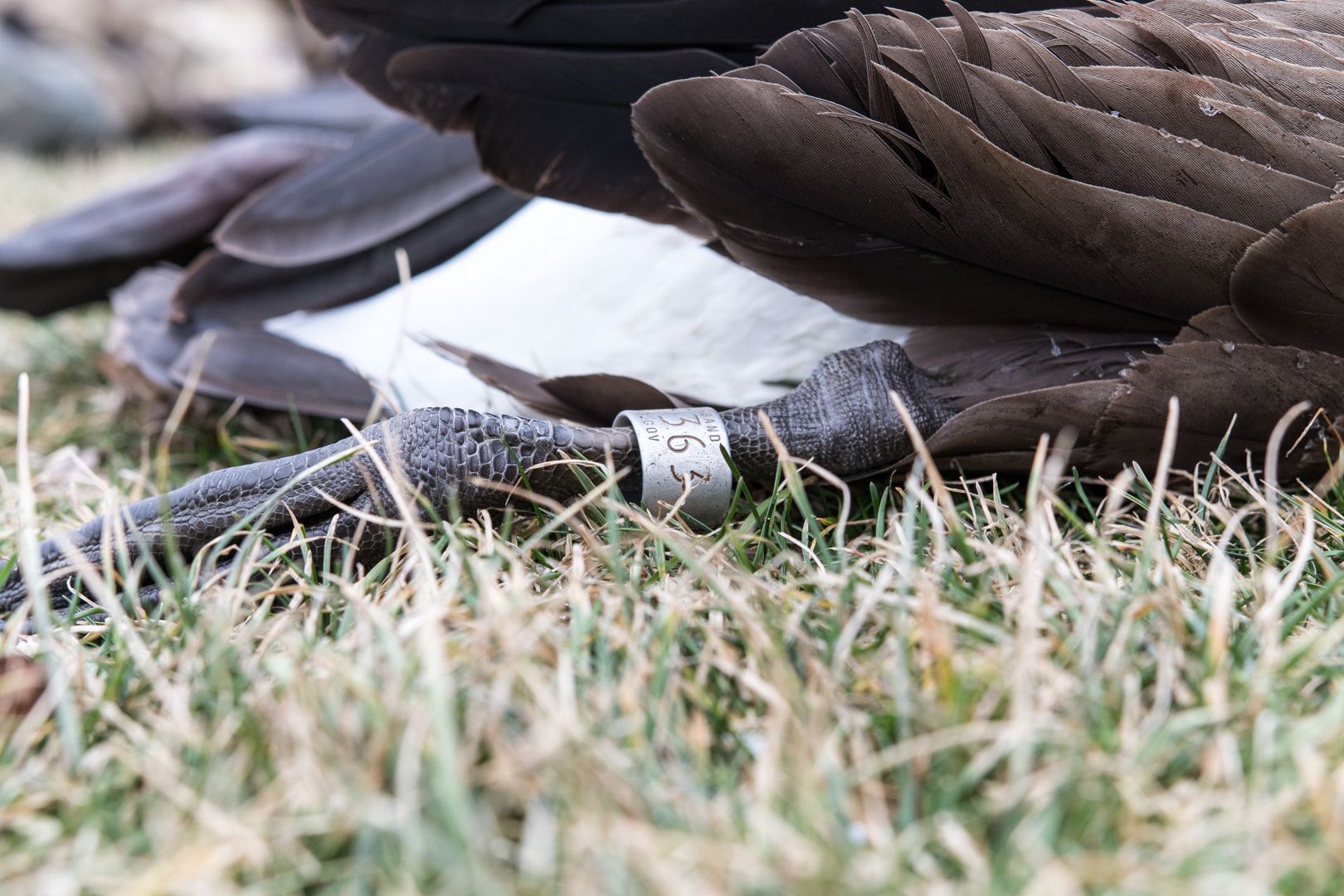
Geese are truly remarkable birds. Many live long lives and make the migration many times and others; well its a one-way ticket south.
